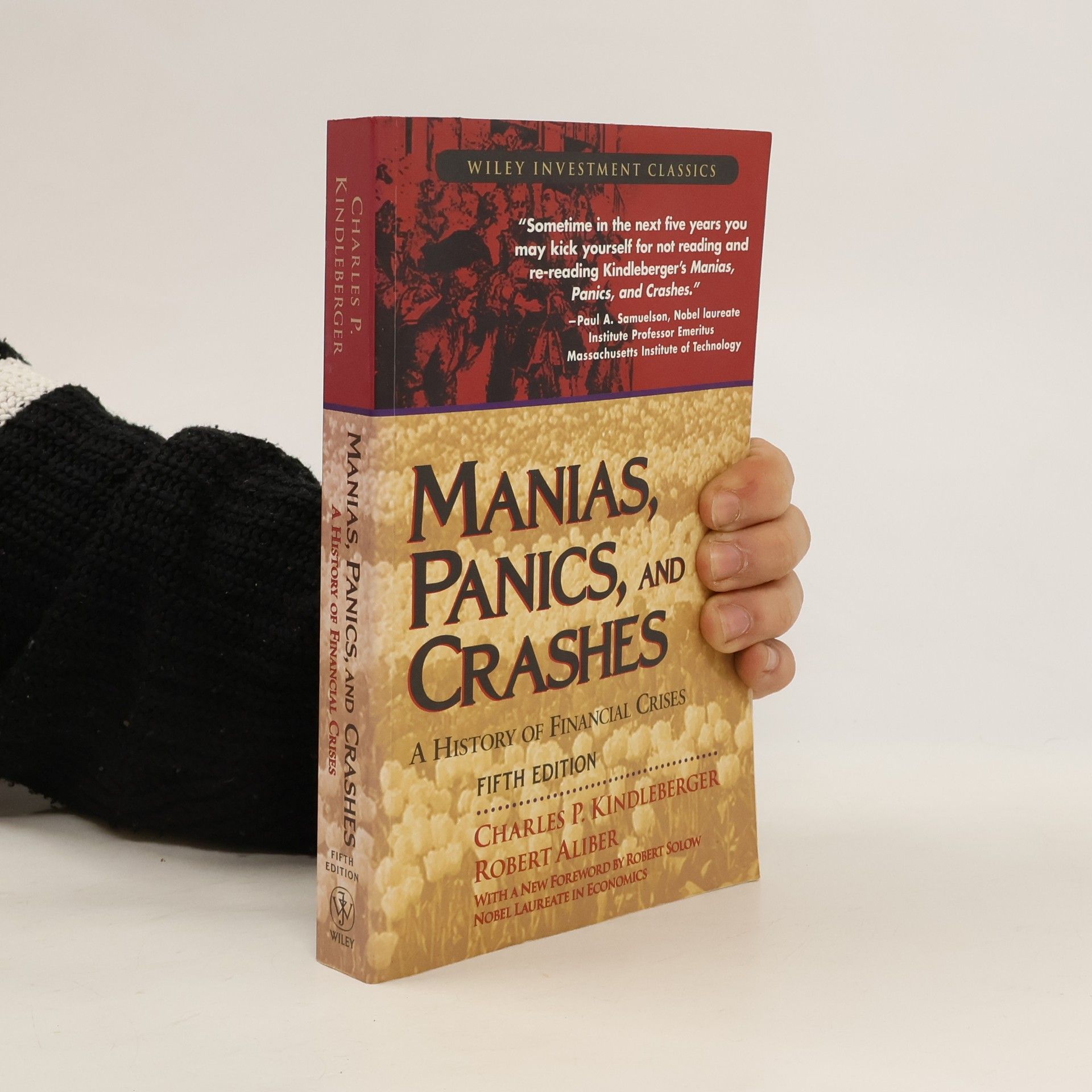The book focuses on the dynamics of economic responses to various stimuli, examining how individuals and markets react to changes in policy, environment, and economic conditions. It explores theoretical frameworks and real-world applications, providing insights into decision-making processes and the implications for economic stability and growth. Through case studies and analysis, it aims to enhance understanding of the mechanisms driving economic behavior and responses in different contexts.
Charles Kindleberger Libri
Storico economico.







A Financial History of Western Europe
- 548pagine
- 20 ore di lettura
The book offers a comprehensive history of finance, encompassing various elements such as money, banking, capital markets, and international transfers. It spans a significant period of half a millennium, focusing on the developments in Western Europe. This extensive exploration highlights the evolution and impact of financial systems and practices over time, providing readers with a deep understanding of the complexities of finance throughout history.
Manias, Panics, and Crashes
- 336pagine
- 12 ore di lettura
Manias, Panics, and Crashes, Fifth Edition is an engaging and entertaining account of the way that mismanagement of money and credit has led to financial explosions over the centuries. Covering such topics as the history and anatomy of crises, speculative manias, and the lender of last resort, this book puts the turbulence of the financial world in perspective. The updated fifth edition expands upon each chapter, and includes two new chapters focusing on significant financial crises of the last fifteen years.
International Short-Term Capital Movements
- 276pagine
- 10 ore di lettura
New York 1937 first edition Columbia. Hardcover. Octavo, 262p., green cloth with gilt spine lettering. VG, slight even toning to text; a bit of browning on end papers. no DJ. No ownership marks. No cracks or tears.
The book explores the economic resurgence in Europe following World War II, analyzing the factors that contributed to this growth. It delves into the political, social, and economic transformations that shaped the continent during the postwar era, highlighting key policies and innovations. Through various case studies, the text provides insights into the challenges and successes faced by European nations in rebuilding their economies and fostering cooperation.
Economic Growth in France and Britain, 1851-1950
- 392pagine
- 14 ore di lettura
The book explores the economic development trajectories of France and Britain from 1851 to 1950, highlighting key factors that influenced growth in both nations. It examines industrialization, government policies, and social changes, providing insights into the economic challenges and successes faced during this transformative period. Through comparative analysis, the work sheds light on the differing approaches to economic growth and their long-term impacts on each country's development.
Dějiny finančních krizí
- 344pagine
- 13 ore di lettura
Charles P. Kindleberger v Dějinách finančních krizí analyzuje v historii se opakující vzorce finančních krizí, předkládá komplexní analýzu jejich příčin a důsledků a zkoumá monetární, psychologické i sociologické faktory, které přispívají ke vzniku mánií, panik a krachů. Publikace získala na aktuálnosti po hospodářské recesi z let 2007 až 2009 a pandemické krizi z roku 2020.
Die unübertroffene Gesamtdarstellung der Weltwirtschaftskrise bietet eine umfassende Analyse eines Jahrzehnts der Krisen zwischen Börsencrash und Kriegsausbruch. Der Börsencrash von 1929, resultierend aus einer Spekulationsblase, löste eine Abwärtsspirale in verschiedenen Wirtschaftssektoren und Ländern aus. Es folgten Bankenkrisen, Nachfrageschwächen, hohe Arbeitslosigkeit und eine protektionistische Zollpolitik, die als Ausweg galt. Staaten handelten nach dem Prinzip „Ruiniere deinen Nächsten wie dich selbst“. Charles Kindleberger, Nationalökonom und Wirtschaftshistoriker, argumentiert, dass diese Katastrophe vermeidbar gewesen wäre. Seine intellektuelle Brillanz und praktische Erfahrung, geprägt durch seine Rolle als Architekt des Marshallplans, machen dieses Werk zu einem Standardwerk, das sowohl historische als auch aktuelle Einsichten bietet. Die Einleitung hebt hervor, dass viele Untersuchungen sich auf die Jahre 1929 und 1931 konzentrieren, während das verwirrende Jahr 1930 und die Weltwirtschaftskonferenz 1933 entscheidend für das Verständnis der tiefen Krise und der unvollständigen Genesung sind. Kindlebergers analytischer Bericht gilt als der beste über den Verlauf der Weltwirtschaftskrise, die in einen Weltkrieg mündete.
'Das beste Buch über dieses Thema' – so John K. Galbraith über Kindlebergers 'Die Weltwirtschaftskrise'. Die Einschätzun



